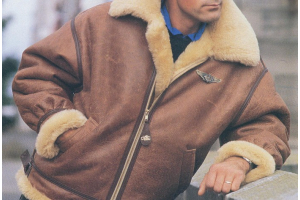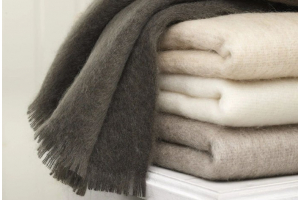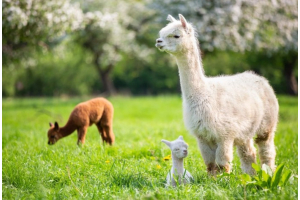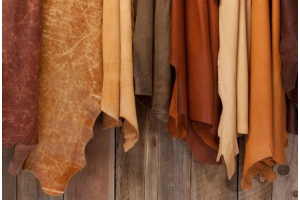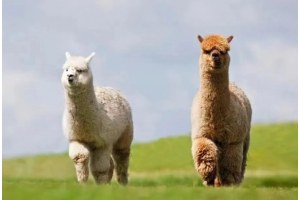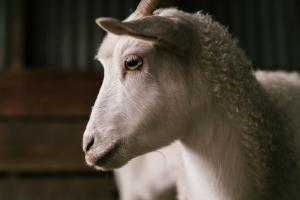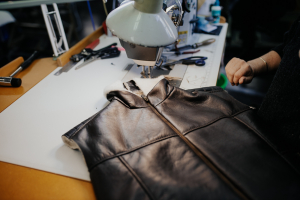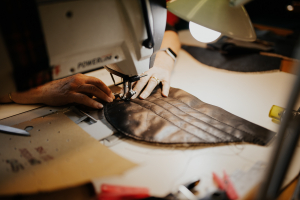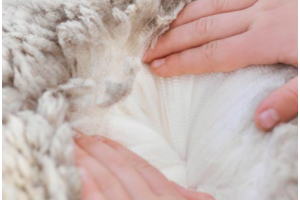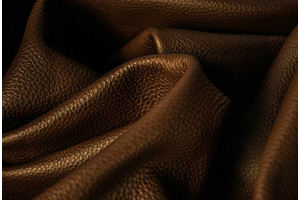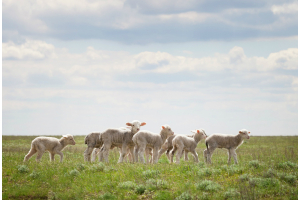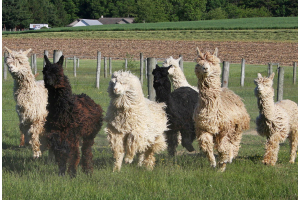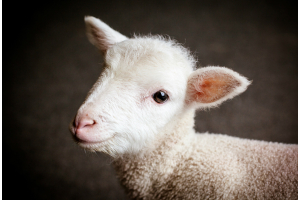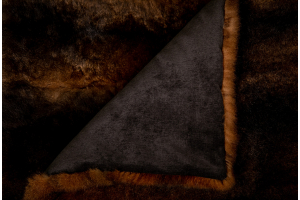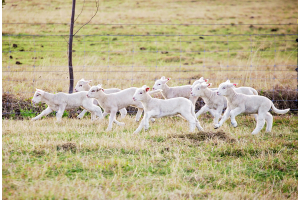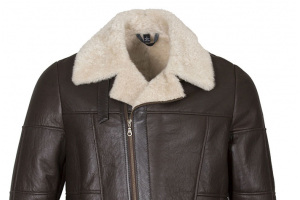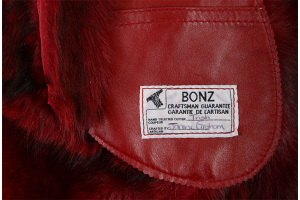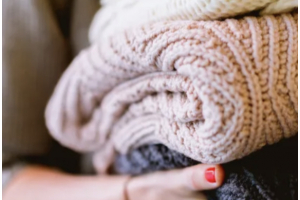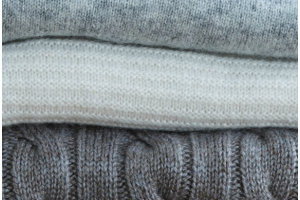We use cookies to ensure that we give the best experience on our website. Click here for more information
Journal
-
July 15, 2023
Possum Merino Silk materials are considered to be of high quality and have several desirable properties. Possum Merino Silk is a blend of possum fur, merino wool, and silk fibers. Here are some reasons why the products of BONZ possum merino silk materials are popular:
1. Softness and Comfort: Possum fur, merino wool, and silk are all known for their soft and luxurious feel. When blended together, they create a fabric that is incredibly soft and comfortable to wear against the skin.
2. Warmth: Possum fur and merino wool are excellent insulators and provide exceptional warmth. The hollow structure of possum fur traps air, providing excellent heat
-
August 19, 2022
Sustainability is the new battleground of luxury. It is not an eco-friendly product seeking high-quality image, but a luxury with sustainable value. This is another option to protect the environment, because we will minimize the harm to the environment by purchasing sustainable luxury goods.
Despite the positive attitudes towards sustainability, these perceptions are often changed by various "negative" attributes. Many people think that sustainability is unnecessary or disruptive to their daily life.
Many people think that there seems to be a contradiction between sustainable and luxury. After all, luxury goods often carry superfluous and wasteful meanings and are associated with pleasure and individualism, while sustainable development is synonymous with morality and ethics, because it requires us to "meet the needs of contemporary people without harming the needs of future generations. "
But if we go back to the definition
-
August 13, 2022
What Is A Shearling Jacket?
The term "shearing" refers to lamb or sheep that have had only one shearling. Unlike wool pullovers, shearling is the actual skin of a lamb with tanned suede on one side and a treated coat on the other. Because wool is still attached to the skin, shearling is a fur product. Shearling leather is used for luxury coats, jackets, hats, gloves, etc. Great for special occasions or everyday wear, this is something you will want to get from New Zealand local leather store in BONZ.
History of Shearling Jackets
The Shearling jackets have come a long way before they became popular. The use of shearling for clothing dates to the Stone Age. Throughout the various time periods, this material was more than just clothing. It was a representation of one’s identity. It was used for shirts, hats and more for both men and women.
In the more modern era, shearling was sed on pilot hats during wartime. Then it
-
August 07, 2022
A beautiful leather jacket is essential for any wardrobe. If you want your leather jackets to last a lifetime, please follow these 7 tips for proper leather garment maintenance.
1. Do not expose to sunlight and keep away from heat
Direct exposure to the sun is harmful to any leather product. Not only does it fade the leather, it also absorbs moisture and natural oils from the leather, which leads to the development of cracks. We also recommend that you keep your leather jacket away from any source that emits heat.
2. Don’t let your leather jackets get wet
Leather is a natural material. It is made from animal skin. Leather is not waterproof, but it is water resistant. This means that it is naturally resistant to water penetration. Try not to expose your leather garments to too much moisture, because when the leather gets wet, water will temporarily adhere to the leather's oil, then lift the oil from the leather after the water
-
August 05, 2022
Mohair is a fabric or yarn made from Angora goat hair. Mohair is both durable and resilient, known for its high gloss and luster, which has earned it the nickname "Diamond Fiber", commonly used in fiber blends to add these qualities to textiles. Mohair absorbs dyes particularly well.
The Angora goat originated in Asia Minor and has settled in an area known as Ankara in Turkey for centuries. Angola was introduced to New Zealand in 1867. Captain Cook was the first European to bring goats to New Zealand.
Mohair Fiber Characteristics
-Durability: Mohair can be bent into any shape without damaging the fibers. This is due to its structure, which is the most durable of almost all animal fibers.
-Elasticity: Mohair can stretch an average of 30% over its entire length before being able to spring back into shape. Because of this characteristic, mohair products do not wrinkle, stretch or sag during wearing.
-Luster:
-
August 05, 2022
Alpaca wool is the natural fiber harvested from alpaca. There are two different types of alpaca wool. The most common type of wool comes from the Huacaya. The second type of alpaca is Suri, which accounts for less than 10% of the alpaca population.
Alpaca wool is one of the most ethical products available today, completely environmentally friendly and cruelty-free at the same time
Alpaca wool characteristics
Alpaca wool comes in 22 colors, including white, black, and a range of brown and gray.
Alpaca wool is soft and delicate, with a good luster and drape.
Alpaca wool generally grows 8-12 inches in length.
Alpaca wool has no lanolin, which makes it hypoallergenic and more sustainable to process.
Like wool, alpaca fiber is water repellent.
Alpaca is not as pill-like as wool, and the wearer does not feel itchy.
Ethical Alpaca
No harm:
-
July 30, 2022
Clothing colors bring a lot of emotions: each color not only represents one emotion, but also changes emotions when paired with other colors. Therefore, when choosing clothes, the color of the clothes is crucial.
Red Color
If you want to stand out and attract attention, wear red. It is the color of energy and the symbol of life. Wearing red clothes can boost vitality and give you confidence. Red is also the color of aggression, enthusiasm and courage.
White Color
Wearing white indicates cleansing and a new beginning. When you put on a white sweater or a scarf, you will feel fresh and bright. White is the color of balance, harmony and purity.
Pink Color
Pink is closely related to femininity, but when a man feels comfortable with both masculinity and femininity, he can really wear a pink sweater or jacket. Pink is the color of love and can bring a romantic feeling.
Grey Color
-
July 30, 2022
Alpacas were a cherished treasure of the ancient Incan civilization and played a central role in the Incan culture that was located on the high Andean Plateau and mountains of South America. Alpacas were first found in recorded history in the high altiplano region of South America, over 6000 years ago. They evolved from the wild guanaco and vicuna and for thousands of years have co-existed with humans as domesticated livestock providing food, fuel and clothing. Alpacas played an integral part in the culture and lifestyle of the Incas and other Indian tribes and were selectively bred for their fibre density and range of colour.
Alpaca, llama, guanaco and vicuna are part of the camel (camelid) family tree. There are two types of alpacas – the Huayna and the Suri. The lifespan of the alpaca is about 20 years and gestation are 11.5 months. Alpacas eat grasses and chew a cud. Adult alpacas are about 36″ tall at the withers and generally weigh between 100 and 200 pounds.
-
July 30, 2022
Making leather is a complicated process. The tanning process involves five different stages: Pre-Tanning, Tanning, Selecting, Dressing and Finishing. Each of these processes is complex and requires many steps. Here is an overview of some of the more important points in each step.
Step 1: Pre-Tanning
Soaking
When the leather reaches the tannery, it can be soaked to squeeze out the salt used to preserve the leather. Washing in water to remove impurities and folds from the hides. This is done in a rotating drum that can hold up to 200 hides.Pressing
The pressing process is to eliminate excess water and stretch the hides.Splitting
The grain-the outer surface of the hide-is mechanically separated horizontally from the split.STEP 2: Tanning
This is the process of converting pre-tanned leather into leather.
Common tanning -
July 29, 2022
The name “Cashmere” comes from an old spelling of “Kashmir”, the region where its production and trade originated. Cashmere has the title of “Soft Gold”, “Fibre Gem” or “Fibre Queen” since ancient times. Cashmere is known for being one of the softest fibres in the world. Its thin hairs mean that it can be woven into extremely soft garments and it is long lasting.
The history of cashmere
In the 13th century in Mongolia, Marco polo discovered the wild goats in some caves. Therefore, it is likely that long time ago, some shepherds raised these goats to provide extra warm wool clothes against the harsh winter there.
Until the 19th century, Europeans discovered precious wool later known as Kashmir. These goats live at an average altitude of 4,000 meters, and now domesticated are also known as Pashmina goats. To cope with the long winter that lasted six months and to withstand temperatures of -40 degrees, the animals were covered


